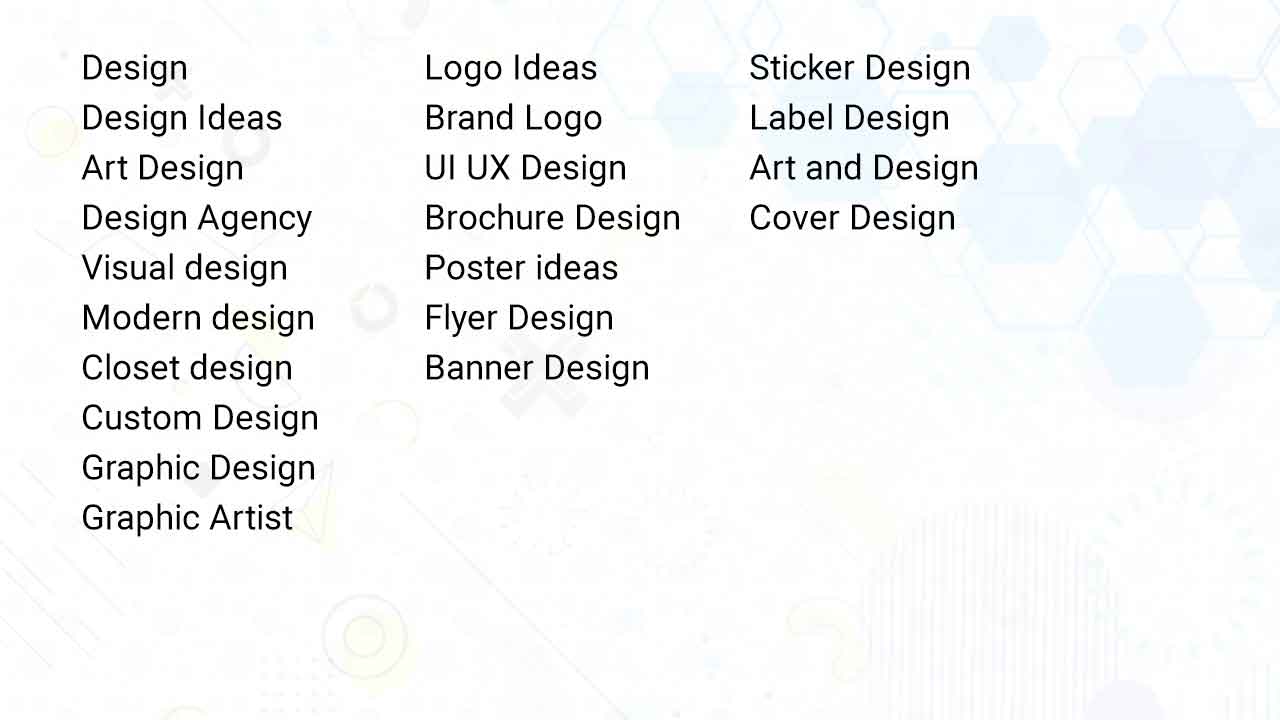
What is HTML?
HTML (Hyper Text Markup Language) is a programming language used to build websites and online applications.
Hypertext is just "Text within Text," as the name suggests. A text that contains links is a hypertext. A hypertext link is one that when you click on it opens a new webpage.
A markup language is a type of computer language it’s is used to create layout rules for text documents. Text is made more interactive and dynamic using a markup language. It can convert text into graphics, links, tables, and other formats.
A web page is a piece of writing that is typically created in HTML and is translated by a web browser. An URL can be used to locate a web page. A web page can be either static or dynamic. Static web pages create with HTML.
As a result, HTML is a markup language that allows for the styling of web pages to make them visually appealing and present well in web browsers. Numerous HTML tags make up an HTML document, and each HTML tag has a unique content.
Let's look at a basic HTML example.
Description of HTML Example
<!DOCTYPE html>: It specifies the type of document or informs the browser of the HTML version.
<html>: This tag alerts the browser that the document is an HTML one. The online document is described in the text between HTML tags., it serves as a container for all other HTML components.
<head>: The metadata should be contained in the first element of the html> element (information about the document). The body tag must open before it can be closed.
<title>: As implied by its name, it is used to add the HTML page's title, which is shown at the top of the browser window. It has to go inside the head tag and close right away. (Optional)
<body>: The body content of the page that is visible to the end user is described in the text between the body tag. The primary material of the HTML document is contained in this tag.
<h1>: The first level heading of the webpage is described in the text inside the h1> tag.
<p>: The webpage's paragraph is described in the text contained in the p> tag.








